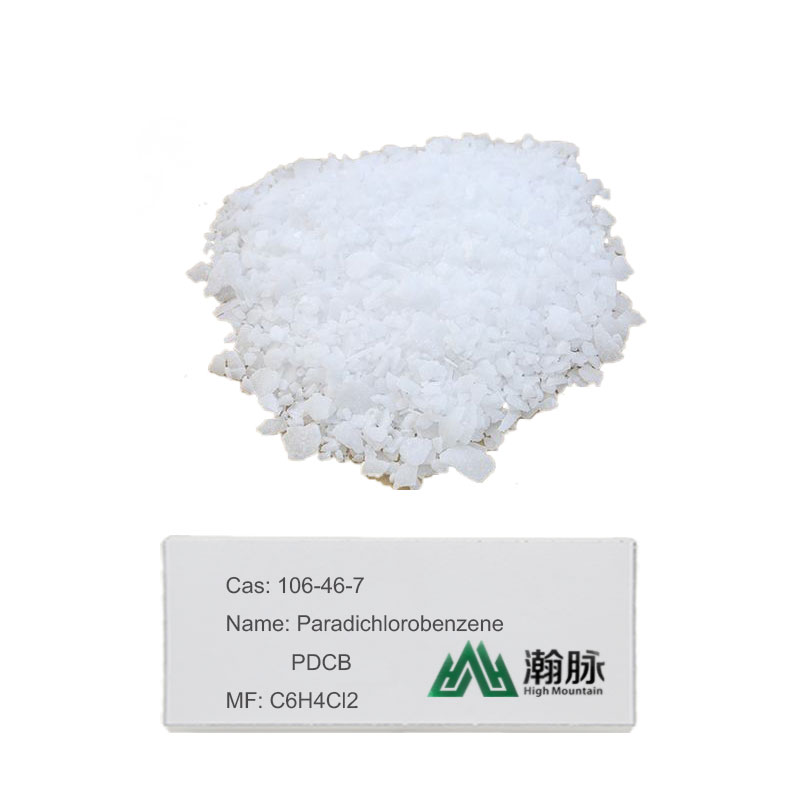Diethylbenzene (DEB) is an organic compound and an important chemical intermediate with numerous industrial applications. This article provides an in-depth look at DEB, including its properties, uses, production methods, and safety considerations, optimized for SEO to help users find relevant information quickly.
What is Diethylbenzene?
Diethylbenzene (DEB) is a colorless liquid with a slight aromatic odor. It is composed of a benzene ring substituted with two ethyl groups. The chemical formula for DEB is C10H14, and it has three isomers: 1,2-Diethylbenzene, 1,3-Diethylbenzene, and 1,4-Diethylbenzene. The most common form in industrial use is a mixture of these isomers.
Properties of Diethylbenzene
Molecular Formula: C10H14
Molecular Weight: 134.22 g/mol
Boiling Point: 183-186°C
Melting Point: -5°C
Density: 0.86 g/cm³
Solubility: Insoluble in water, but soluble in organic solvents like ethanol and ether.
Production of Diethylbenzene
Diethylbenzene is typically produced through the alkylation of benzene with ethylene. The process involves a Friedel-Crafts alkylation reaction using an acid catalyst such as aluminum chloride (AlCl3). This method allows for the selective production of the desired isomer mixtures.
Applications of Diethylbenzene
1. Intermediate in Chemical Synthesis
DEB is primarily used as an intermediate in the synthesis of other chemicals. It is crucial in the production of:
Xylene: Through catalytic dehydrogenation, DEB can be converted into xylene isomers, which are essential in the manufacturing of PET plastics and synthetic fibers.
Ethyltoluene: DEB can be used to synthesize ethyltoluene, which is utilized in the production of certain polymers and resins.
2. Solvent
DEB is an effective solvent for various organic materials due to its ability to dissolve non-polar substances. It is used in applications such as:
Paints and Coatings: DEB serves as a solvent and viscosity reducer in the formulation of paints and coatings.
Adhesives: It is used in adhesive formulations to improve application properties.
3. Heat Transfer Fluid
Due to its thermal stability, DEB is used in high-temperature heat transfer applications, including:
Heat Exchangers: DEB is employed in closed-loop heat transfer systems where it can maintain stability under prolonged high temperatures.
Safety and Handling
Diethylbenzene should be handled with care due to its chemical properties. Here are some key safety considerations:
Flammability: DEB is a flammable liquid and should be kept away from open flames and high temperatures.
Health Hazards: Prolonged exposure to DEB vapors can cause respiratory irritation. It is important to use personal protective equipment (PPE) such as gloves and safety goggles when handling DEB.
Storage: DEB should be stored in a cool, well-ventilated area, in tightly sealed containers to prevent leakage and contamination.
Environmental Impact
While DEB is relatively stable, improper disposal can lead to environmental contamination. It is important to follow regulatory guidelines for the disposal of DEB to minimize its impact on the environment.
Conclusion
Diethylbenzene is a versatile chemical with significant industrial importance. Its role as an intermediate in chemical synthesis, effective solvent, and heat transfer fluid underscores its utility across various sectors. By understanding its properties, applications, and safety measures, industries can effectively harness the benefits of DEB while ensuring safe handling and minimal environmental impact.










